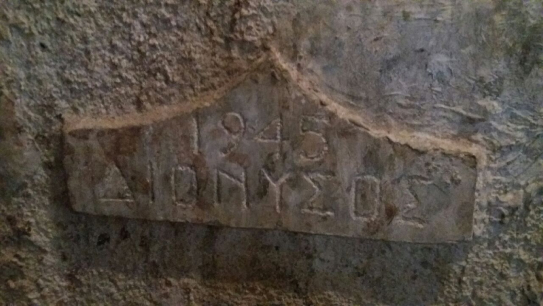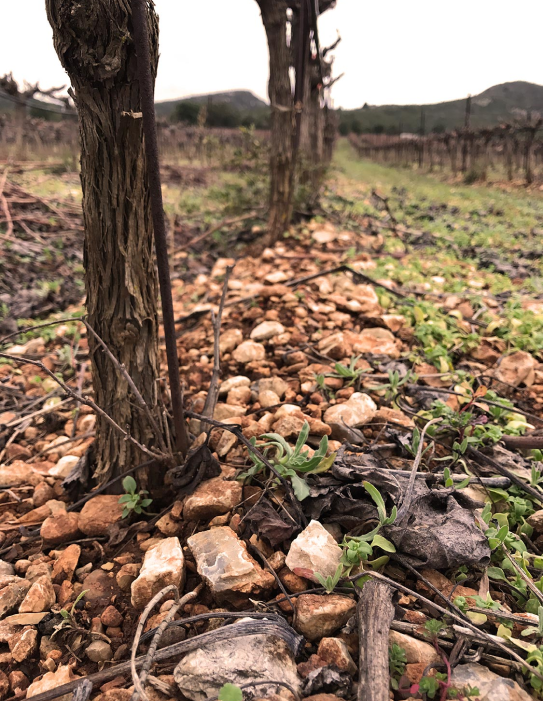Nemea
Nemea, a land with a long history and tradition. Mitravelas Estate fully respects this area and thus produces terroir wines.
The ensemble of our vineyards are located mainly on the hillside around the area of Nemea. In the privately owned area of 10 hectares yet also in cooperating viticulturists’ land with long-term contracts, where the yields are minimized, in order to maximize the quality. Different soils and altitudes depending the wine to be produced in each vineyard.
Some pieces of the land are formed of extremely old vines which are dry farmed non irrigated. This results in very small annual production and on the other hand excellent concentrations and ripeness of the grapes. Elements necessary for the highest quality in the wines produced.
The most interesting wines come from similar areas around the world where vineyards have been cultivated for over 2,500 years. Besides, Nemea is the largest derivative area for red PDO wines in Greece with about 3.000 hectares.
16 villages with different altitudes in lowland, semi-mountainous and mountainous (250m- over 900m), unique soil texture (alluvial, limestone, gravel, sand, clay up to lot of stone), and different orientations and inclinations, can contribute to the importance and uniqueness of this wine-producing Greek zone.
Nemea constitutes an awesome mosaic of land with gorgeous terroirs.
3 PDO Nemeas expressing the unique microclimate of Nemea with elegance, fineness and purity.
Nemea’s roots are deeply lost in the land of the Peloponnese. The main variety of the area is Agiorgitiko being an integral part of the cultural heritage of the place.
An area also known from mythology because Flias, son of the god Dionysus, founded the city of Fliasia (5th BC) where the vine was cultivated for the first time as a gift of the god of wine to his mortal son. In Nemea, the famous Fliasios oenos (wine) was first produced, wine that the Mycenaeans and Argeians used to supply their symposiums with.
During the Byzantine period, Nemea was called Agios Georgios (a small church beside Stymfalia lake, Byzantine rhythm, 14th century), from where the native Agiorgitiko grape was named after and has been recorded since 2000 BC. Of course according to a second myth, it took its name from the homonymous nymph, daughter of the Asopos river. At the other entrance of Nemea dominates the monastery of "Panagia tou vrachou" which dates back to 1633 with famous frescoes and icons.

The Agiorgitiko grape is correctly called "Blood of Hercules" due to the intense and purple red colour (Black of Nemea) of the wines it produces. Since 1971, when the PDO Nemea zone was founded, Agiorgitiko is the grape that equates to the protected designation of origin of the Nemea zone. It is a versatile variety that produces dry, semi-sweet and sweet wines and of course red and rosé. Daily wines, food friendly that can be consumed fresh but also complex wines that can withstand great ageing..
